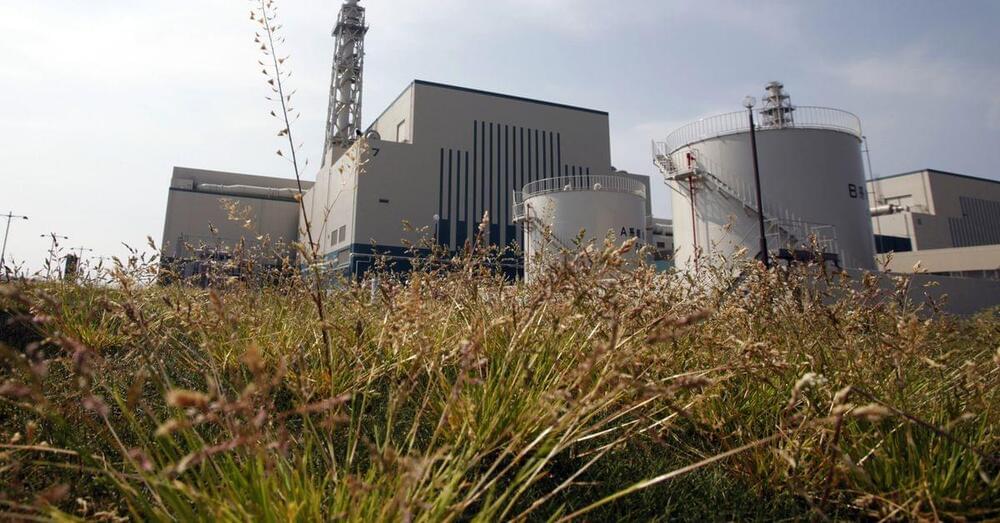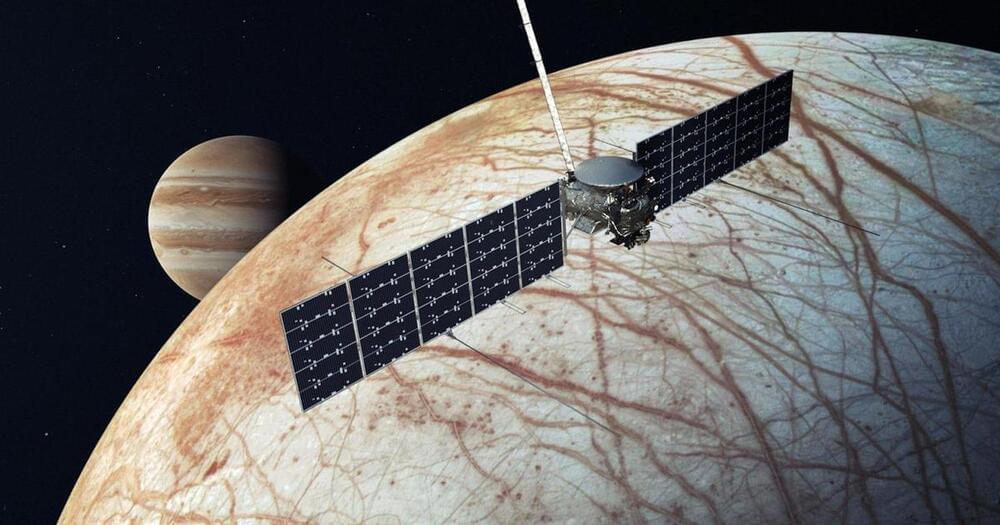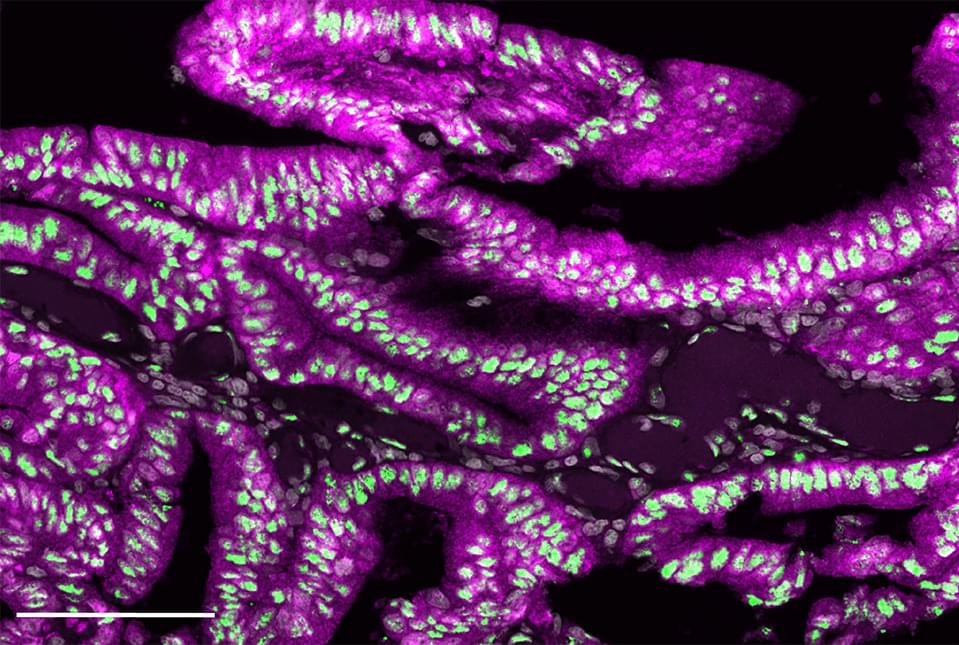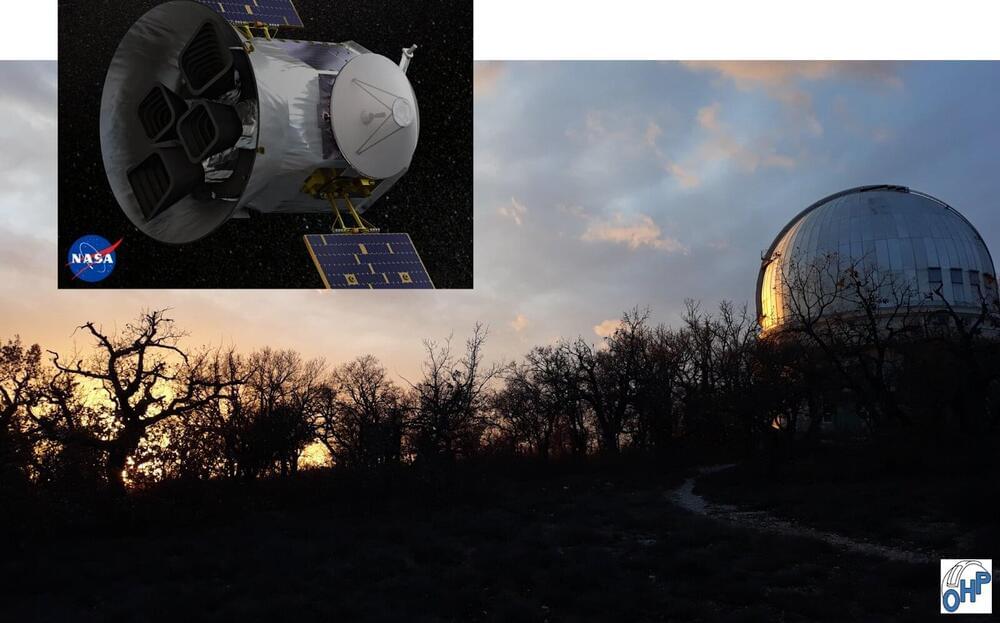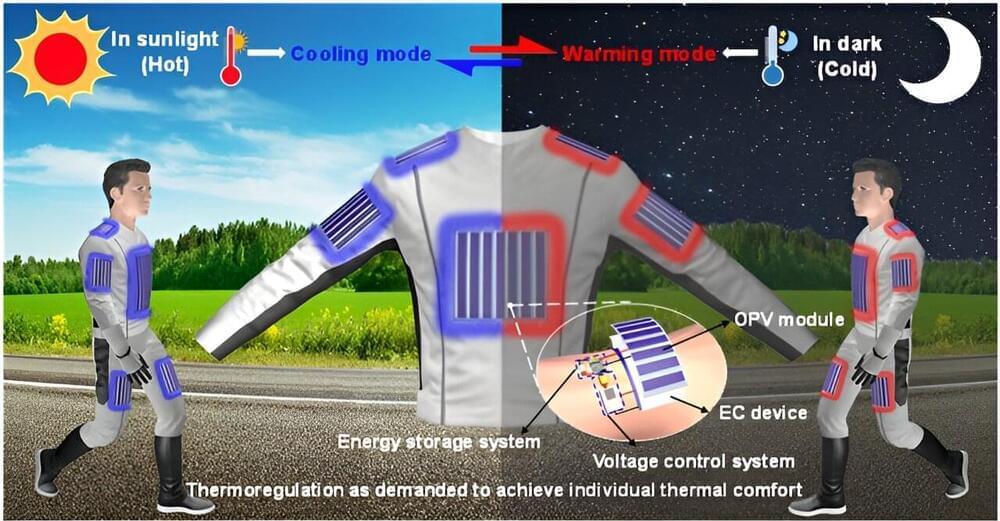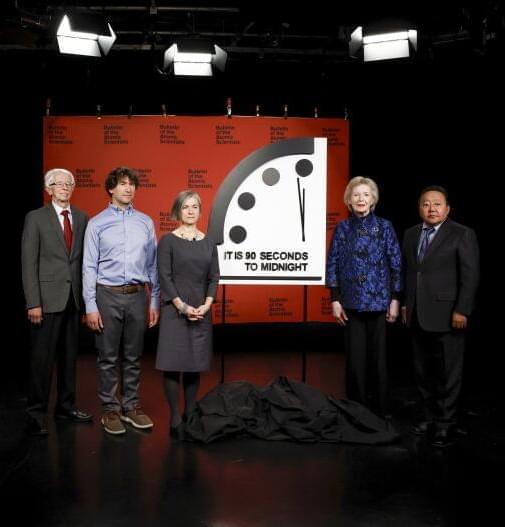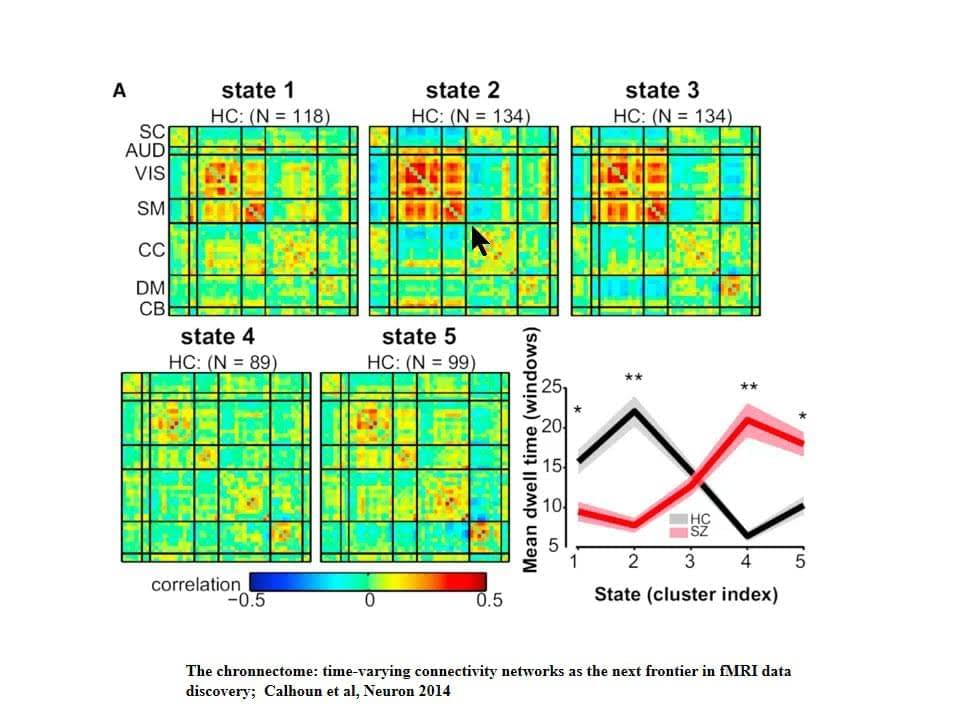Scientists introduce Zman-seq, a method revolutionizing our understanding of dynamic cellular changes in the human body over time. Read more about this groundbreaking study.
In a recent study published in Cell, scientists led by Prof. Ido Amit at the Weizmann Institute of Science have introduced Zman-seq. This revolutionary method breaks through the temporal barriers of cellular analysis.
This innovative approach allows tracking and measuring changes in individual cells within the body over time.

